"MRIs can paint a scary picture! Fortunately in many instances, degenerative disc disease (DDD) is NOT as daunting as it sounds. Physical Therapy should be the first line of defense in treating DDD." |
Heafner HealthPhysical Therapy Archives
April 2024
Categories |

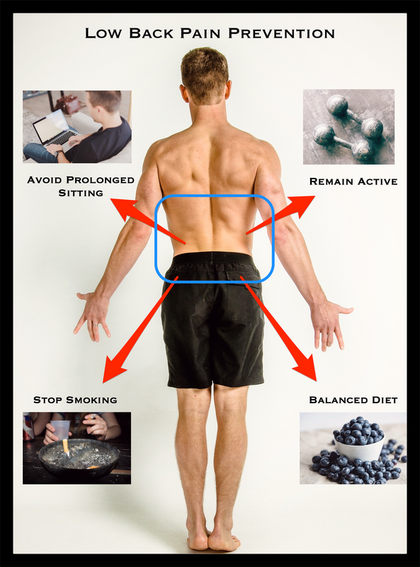
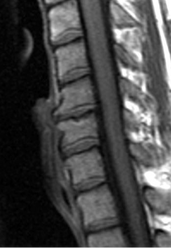
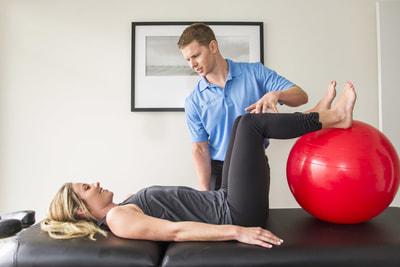
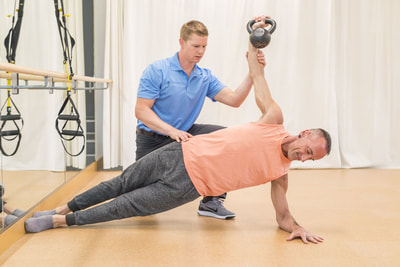
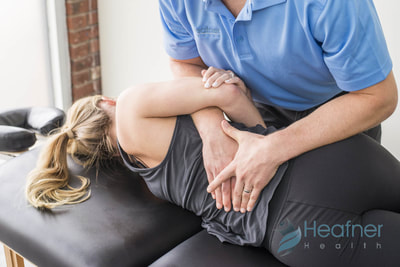
 RSS Feed
RSS Feed
